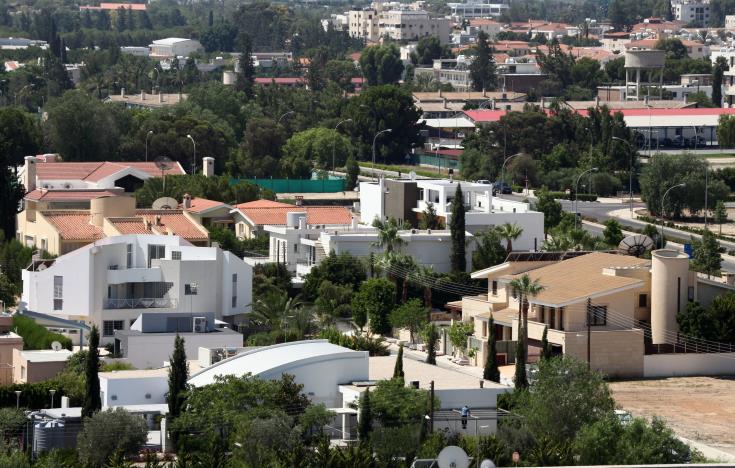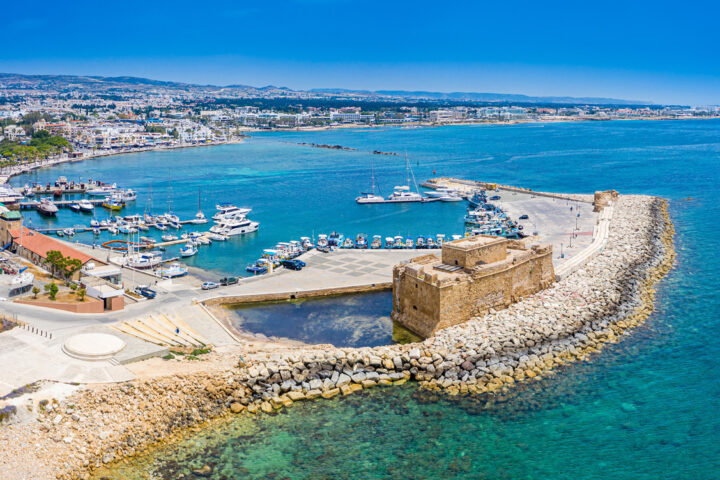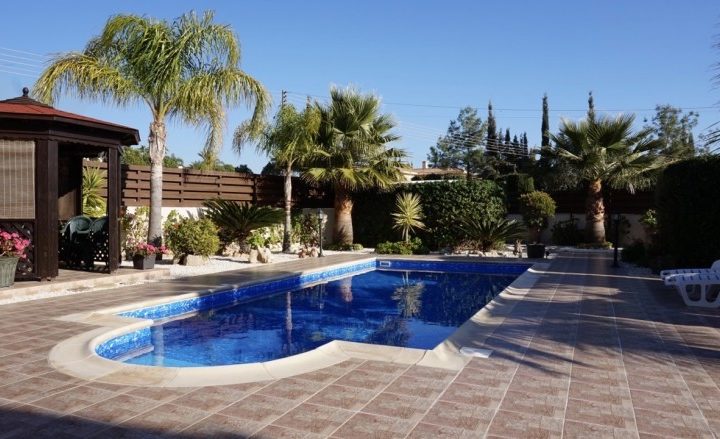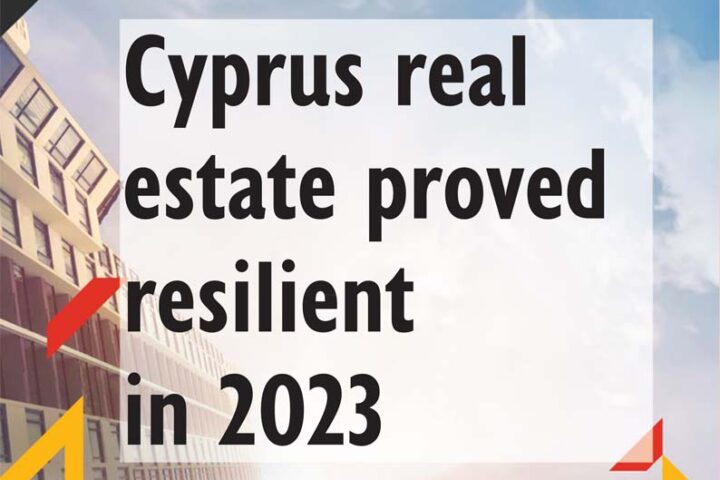Foreign buyers still power Cyprus’ real estate sector, as coastal cities see an influx of demand generated from the growing trend of high-profile companies relocating to the island, reveals an EY survey.
The trend is expected to continue as foreign nationals purchase homes in coastal areas, especially in the aftermath of the war in Ukraine.
And 2022 was a busy year for the real estate sector, according to the EY Cyprus report, as total sale values exceeded €4.2 bln (yoy increase of 31%) while the volume of transactions exceeded 20,000 (13% yoy increase).
According to data from the Land Registry, almost half the sales documents were submitted by foreigners.
Foreign buyers have, in recent years, driven the market, as they submitted more than 40% of sales contracts.
In 2018, 48.5% of contracts were submitted by non-EU citizens; in 2019, 44.5%; in 2020 the percentage reached 41.3%.
In 2021, the percentage of foreign buyers slipped to 39.9%, to increase to 44.9% last year. In the first quarter of this year, it stood at 44.5%.
While the war in Ukraine and subsequent restrictions imposed on Russian-related investments and travel bans were forecasted to have a material adverse effect on the real estate market, it proved more resilient.
As EY’s survey notes, some 10,000+ professionals from Ukraine and other CIS countries (together with other household members estimated at c.24,000) relocated to Cyprus, increasing housing demand and driving both rents and prices upward in specific areas.
The number of Cypriot buyers is decreasing due to rising construction costs and hiking interest rates.
Cyprus is operating various schemes to encourage the relocation of foreign companies, increase foreign direct investment (FDI) activity and attract international talent.
“Lessons were also learned from the abolition of the Cyprus Investment Program (CIP), leading to the adjustment of the schemes and enhancing diligence,” said the report.
The Investors Immigration Permit, or as it is also known, the golden visa scheme, has been gaining popularity after the government withdrew the CIP in 2020.
Third-country individuals purchasing a property worth over €300,000 can obtain a permanent residence permit through an expedited process.
The criteria have recently been revised and scrutinised to eliminate any weaknesses by introducing checks and verification mechanisms to avoid exploitation of the scheme.
As high-tech companies relocate, a scheme fast-tracking work permits for third-country employees of companies relocating to Cyprus has also been gaining momentum.
Inflation is expected to stabilise but remain high in the foreseeable future.
High levels of inflation will continue affecting construction price indices, rents, and house prices, eroding the purchasing power of potential buyers.
Apartments in high demand
“It is evident that apartments remain the hottest asset class, in terms of volume and value (49% and 50% of total respectively).
Houses rank second, with 20% in volume terms and 25% in value, followed by land assets (collectively 25% of total volume and 20% of total value).
On the other hand, Offices constitute only 1% of the island’s total transactions and 4% of total value.
Shops account for only 1% of total transactions in terms of volume and value.
Other property types (gyms, plantations, vineyards) comprise 4% of the total volume and 7% of the total transaction value.
Looking at the individual districts’ compound annual growth rate (CAGR) over the 10 years 2013—2022, Limassol exhibited the most substantial increase in transaction value at 14.4%, followed by Famagusta at 12.8%, then Nicosia at 11.1% and Larnaca 10.5%.
Paphos showed the lowest increase in transaction value at 8.9%.
Limassol took the lead with an 11.2% increase in transaction volume, followed by Nicosia at 10.5% and Larnaca at 8.7%.
Famagusta and Paphos had more modest growth rates of 7.2% and 6.1% respectively.
Focusing on the last full year (2022), Famagusta, Limassol and Larnaca all experienced remarkable double-digit growth rates in transaction value compared with 2021 (39%, 36% and 33%, respectively).
Nicosia saw the smallest rise, registering a marginal 2% increase.
Paphos, on the other hand, recorded the highest growth with an impressive 70%.
The rent increase in 2022 was more noticeable than the increase in sales prices. This is attributed to increased demand from both Cypriots and foreigners.
Apartments and houses led the rent growth, with a yoy increase of 15% and 11%, respectively.
Apartments and houses have also grown 5% annually for the past 10 years.
For offices, rental growth eased but maintained a 0.2% growth yoy, while rents for retail and warehouses fell marginally by 0.2%.
These figures reflect the trends of online shopping, reduced physical shop footprint and remote working.
Prospects
EY looked at the number of building permits to conclude the future of the real estate sector, noting they are the last permits required to be issued before any construction activities.
“Consequently, it is not considered as an ‘opportunistic’ permit, but an execution permit issued only for projects that are more likely than not to be developed,” said EY.
Statistics on building permits constitute a key indicator of the performance of the market, with 2022 data revealing a slight drop in construction activity.
Building permit numbers have been growing by 5% for the past five years.
Last year, a decrease of 7% in the total permits issued was recorded, but values remained about the same.
“The reduction in the permits in 2022 may reflect fears over changing buyer behaviours and falls in demand due to long periods of inflation and high-interest rates”.
Residential assets encompass represent three out of four permits issued. Apartment blocks represent around 14% of the total building permits, while 73% represent single houses.
Building permits issued for office units equate to approximately 9% of the total.










